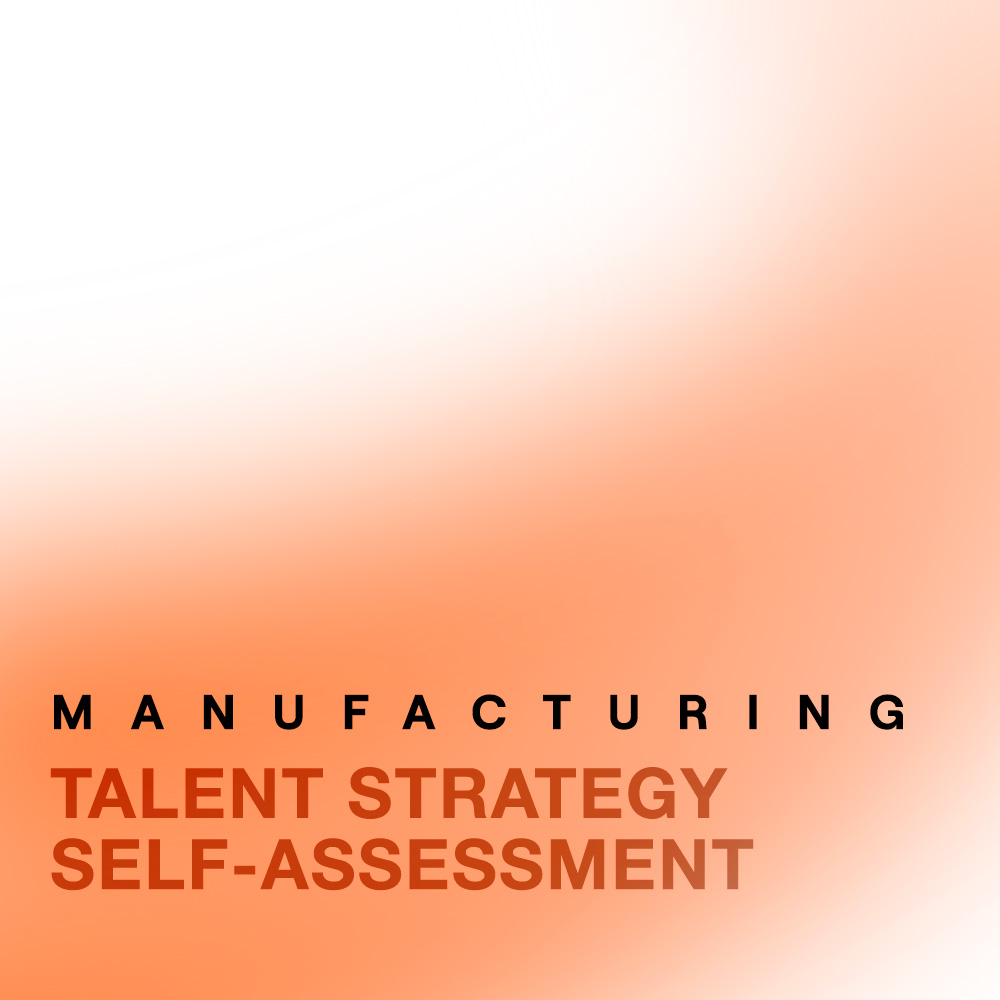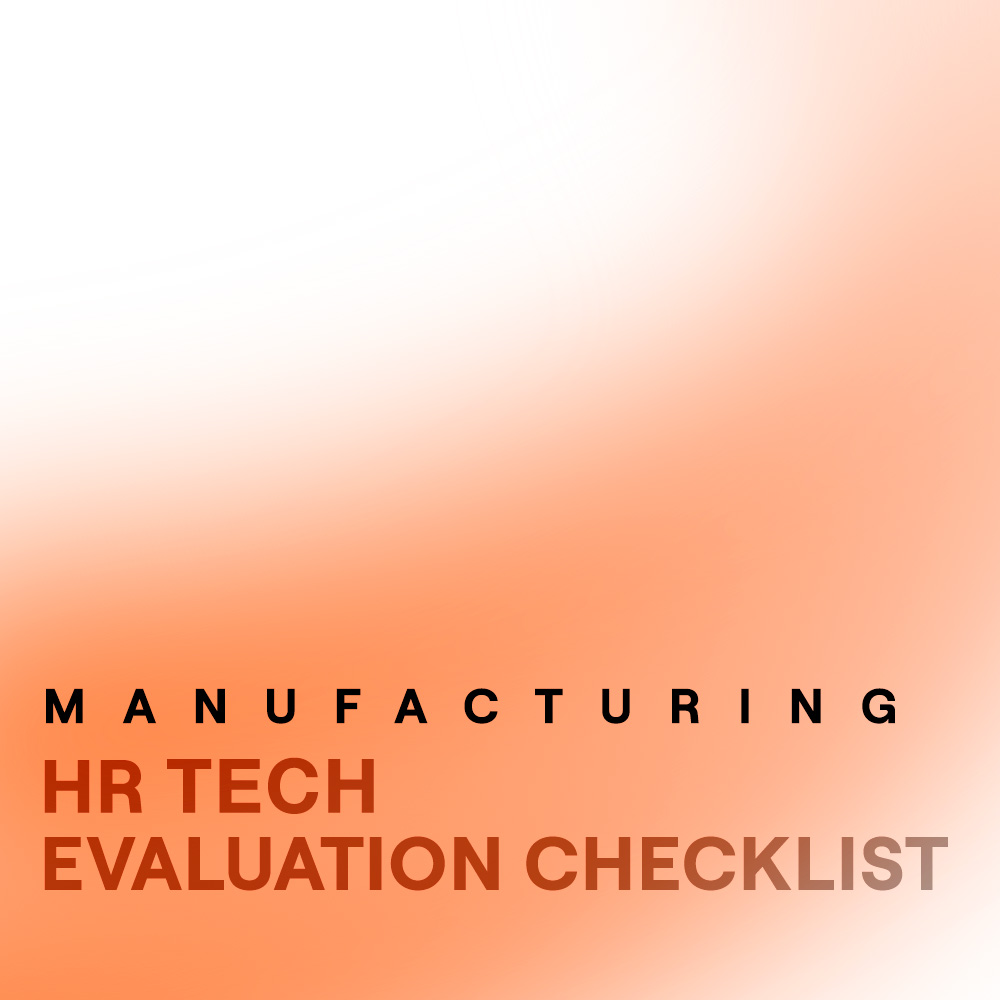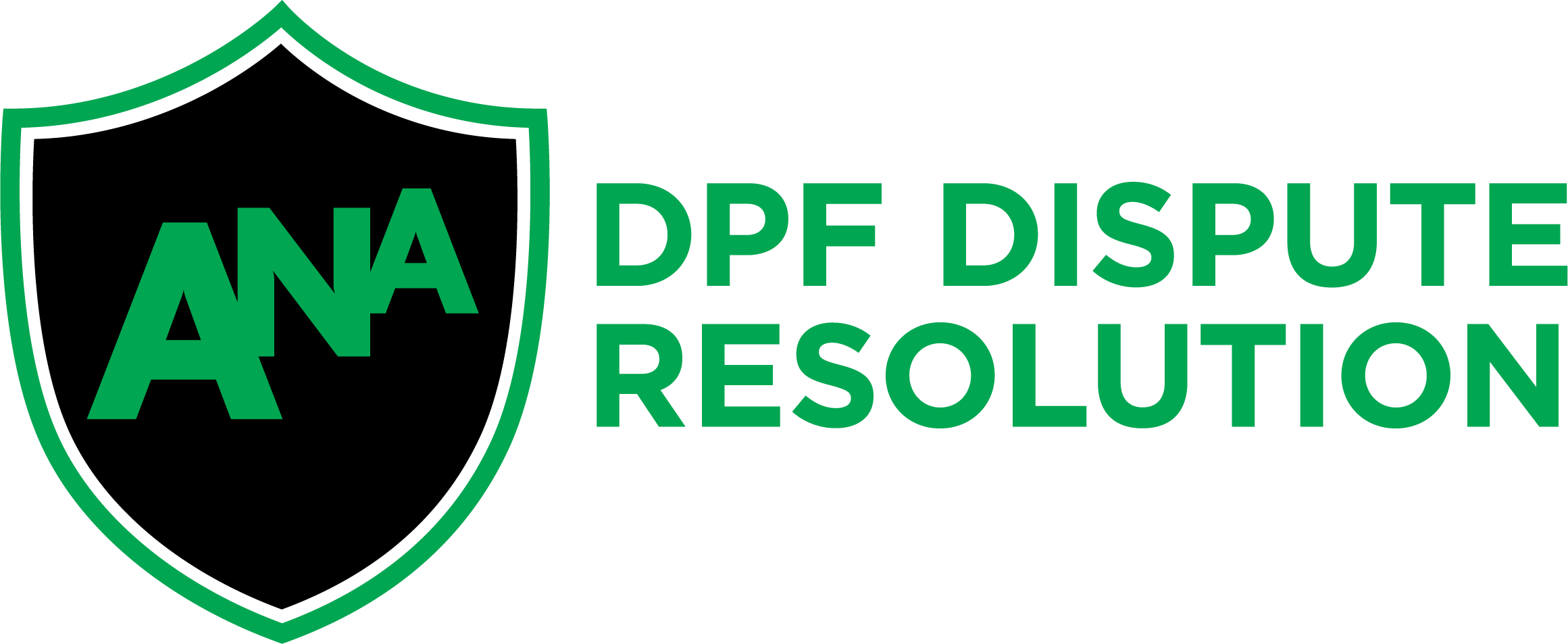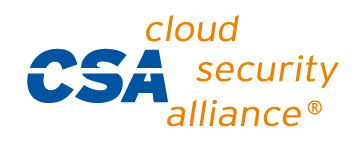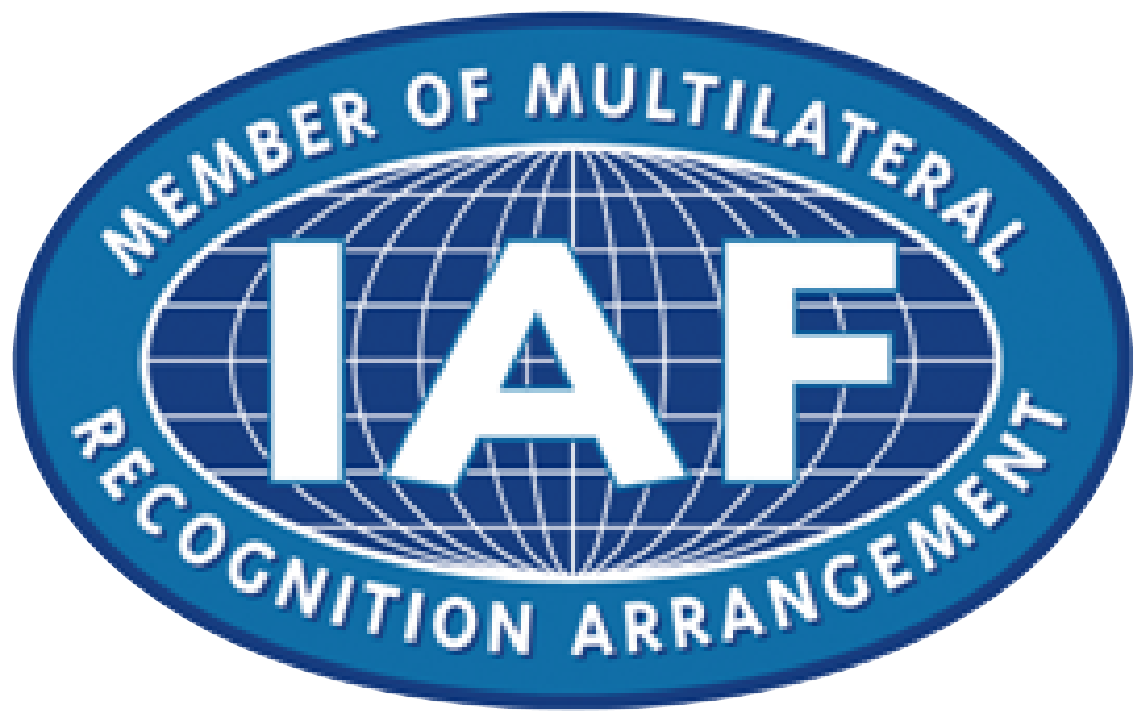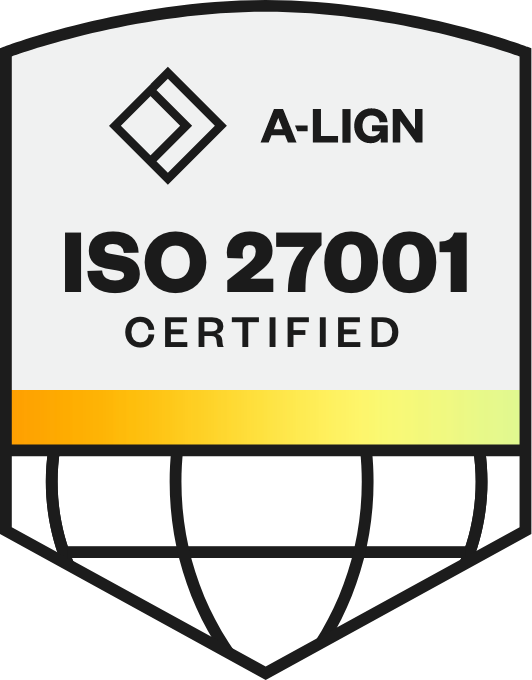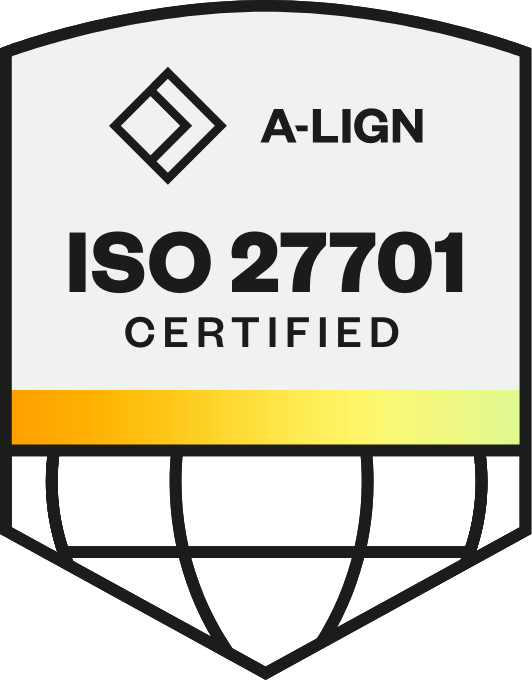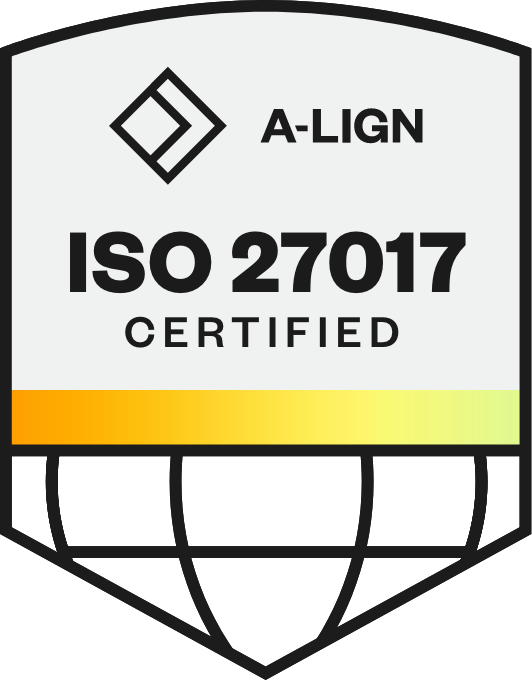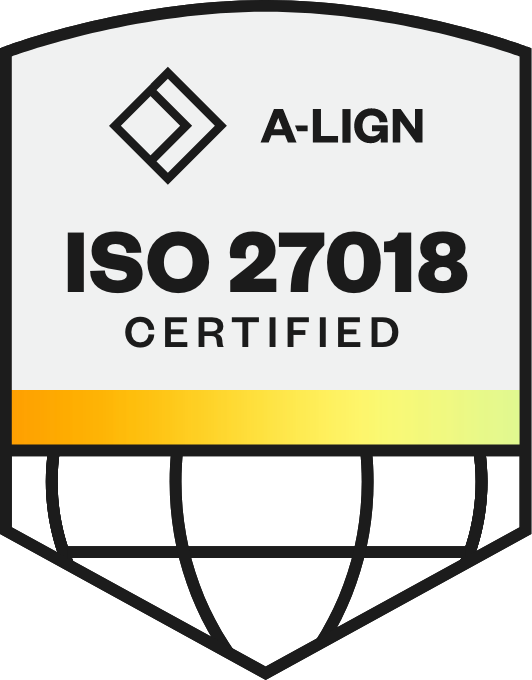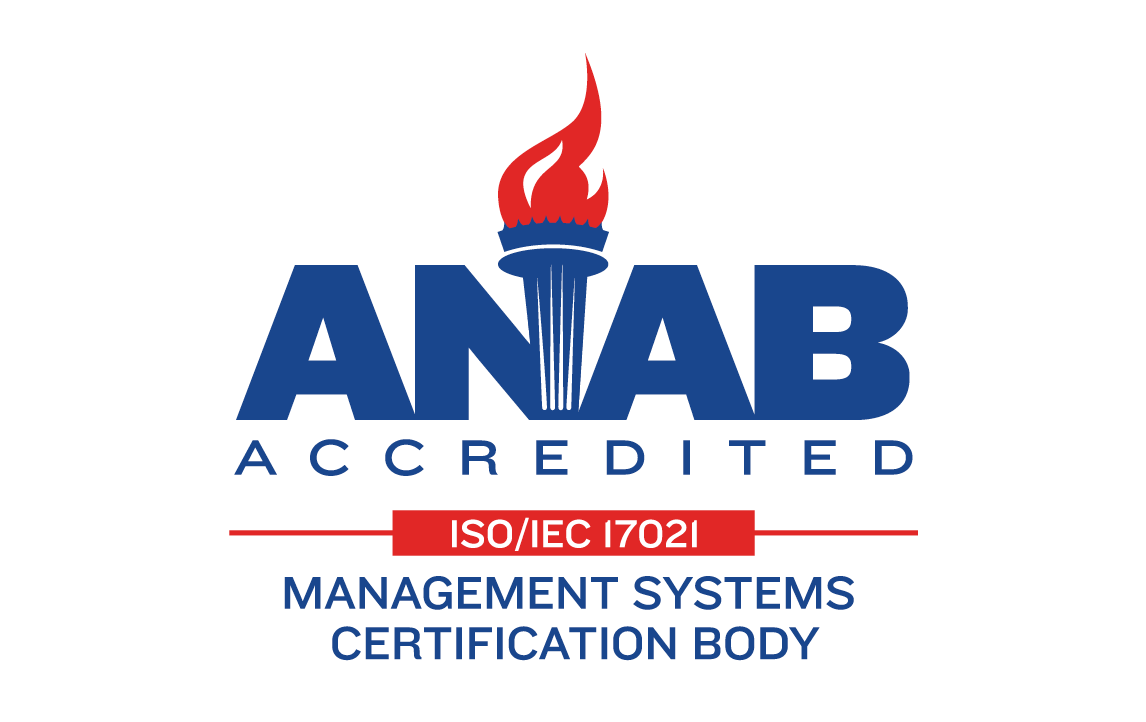
Cleaning up Recruiting: Waste Connections' Guide to Eliminating Hiring Waste with AI & Automation
What if your biggest recruiting challenge wasn't finding candidates — but keeping up with everyone who wanted to work for you? Waste Connections faced this exact situation: a talent community of over 30,000 interested candidates and a recruiting tech stack that couldn't keep pace.
A North American leader in waste and environmental services, Waste Connections had recruiting teams spread across multiple regions with a decentralized hiring model. The Fortune 500 company needed to maintain consistency while respecting local market needs. But the real wake-up call came during a system migration when they discovered the gap between candidate interest and their ability to engage that talent.
For a company competing in an industry where few people dream of building careers, this represented a significant opportunity to improve. During Manufacturing Day at Phenom Industry Week, Waste Connections’ Alissa Price, Talent Project Manager, shared how they transformed their recruiting operations by consolidating point solutions and implementing industry-specific applied AI and automation that could quickly connect them with every single candidate who expressed interest.
Continue reading for the highlights!
Fragmented Tools, Unreachable Talent
Before Phenom, Waste Connections operated what Price calls "a Frankenstein cobbled together system of about 12 different platforms." One handled SMS texting. Another managed communications. A third focused on sourcing. The result? Recruiters could see thousands of interested candidates, but had no unified way to engage them.
"If you're saying, ‘Hey, I found your resume here, but now I need you to go apply here, and then in the post-employment process, you're going to have to go here’ — all of those things add up to a not so great experience," Price explained.
The stakes were particularly high for an industry fighting perception battles. "It's one of those industries where no one grows up and says, ‘I want to be a garbage man’," Price said. "You really have to get the right messaging upfront to people and then show them where they can take a career in this industry."
Adding complexity: Waste Connections operates with a decentralized model where regional teams have autonomy over hiring while needing to maintain corporate consistency.
Building a Smarter Pipeline: Fit Score and Intelligent Sourcing
Waste Connections implemented Phenom across their recruiting operations — from Career Site and Talent CRM to AI capabilities like Intelligent Sourcing and Fit Score. These tools became critical to their transformation, particularly since their previous ATS lacked internal sourcing entirely.
Intelligent Sourcing uses pattern matching to identify which skill sets and experiences predict success for specific roles. "Then you're really using those tools to reach out to people and make your recruiters the most efficient in terms of their use of time," Price explained.
Phenom Fit Score became their foundation — an AI scoring system that analyzes candidate profiles and ranks their fit to help recruiters prioritize outreach without removing human decision-making. The system learns through recruiter feedback, similar to how Pandora learns music preferences.
"I always remind myself of my Pandora account in the 90s… thumbs up or thumbs down," Price noted. "You're really teaching your system at a very self-driven level what's important to you."
Helping Recruiters Take Control
Within Phenom's robust Talent CRM, a frequently overlooked feature transformed how recruiters work: tags. Tags lets recruiters customize workflows and create their own search criteria, giving them complete control over candidate organization and outreach.
"To me, that is just a brilliant next step in recruiting systems," Price said. "Time management and organization are probably two of the most important skills that a recruiter can have. You can be a great people person and be great at talking to people, but unless you can prioritize yourself and spend time where you need to spend time, you're not going to be doing the best job that you can."
Recruiters can tag strong candidates who weren’t originally selected for a role, and then create automated outreach campaigns when similar positions open. "Why wouldn't I want to call them instead of restarting a recruitment process from the ground every single time?" Price emphasized. "Now I have this group of people that we've had a great interaction with, and they know about our company. That's a nice warm outreach."
The system enables what Price calls "decentralized tool craftsmanship" — individual recruiters can optimize their workflows while maintaining corporate standards.
How Automations and GenAI Give Time Back
Waste Connections implemented automations to eliminate repetitive tasks, including nurture campaigns and employee referral workflows they added just recently.
"We are basically taking anything that can be administrative, anything that can be repetitive, and regulating that to a system use basis so that our recruiters are spending more time in actual conversations with candidates," Price said.
Waste Connections implemented automations to eliminate repetitive tasks, including nurture campaigns and employee referral workflows they added just recently. The approach was simple: identify any administrative or repetitive task and let the system handle it, freeing recruiters to focus on what matters most — conversations with candidates.
The team also introduced generative AI through Phenom X+, a tool that helps recruiters with everything from drafting communications to summarizing interview notes. The impact was immediate. Price, who spent 15 years as a recruiter, used to spend an hour and a half daily writing notes to hiring managers.
"Now with the X+ piece, you can basically teach the machine, 'Hey, this is my style of speech… then you can have your notes, and it's going to write this really nice email for you," she said.
The time savings add up quickly. Instead of spending 90 minutes on administrative tasks at the end of each day, Price can now conduct another phone screen or have a meaningful conversation with a candidate or hiring manager.
X+ also helps with internal sourcing, summarizing interview notes, and drafting communications — each returning minutes to recruiters' days. She describes it as "having a bestie that has all the world knowledge."
The Philosophy: Technology That Grows With You
But perhaps what matters most to Waste Connections isn't just what the technology does today — it's knowing they won't outgrow it tomorrow. From the beginning, the company drew clear boundaries around where AI should help and where human judgment must prevail.
"I know that in five years, we're not gonna have to go look for something else because Phenom as a company keeps growing. It keeps giving us new tools that kind of feel like a very guided tour on this path of technology," Price said. "I would be scared to go back out there and try to partner with a company that maybe didn't have that."
This long-term partnership approach has allowed Waste Connections to right-size AI for their needs without crossing lines they're uncomfortable with. They've never wanted technology to replace human decision-making — just to eliminate the clicks, emails, and administrative work that shouldn't require human judgment in the first place.
The Change Management Approach That Worked
Implementing AI across a decentralized organization required a train-the-trainer model. Waste Connections selected regional champions to receive additional training before rolling out to their teams.
"I think that was really key to our success… having somebody who had seen it, done it, tasted it, touched it — and then being able to say, ‘Don't believe me? Just look what I was able to do. You could do this, too," Price said.
The champion model addressed natural fears about AI adoption. "For people who have been doing this for a while, it's really hard to admit to yourself, even though I know this industry and my job, I don't necessarily know the tools that are available," she revealed.
Within six months, recruiters had moved past uncertainty and formed new habits. "You can reel back the doubt and the new scary in about six months if you structure it well," Price noted.
From 30,000 Lost Opportunities to an Active Pipeline
Those 30,000 previously unreachable candidates now form an active pipeline. Interview scheduling that once took six back-and-forth emails now takes 30 seconds through Phenom Automated Interview Scheduling. Even more importantly, the platform enabled corporate consistency while preserving regional flexibility. "I love that you have a standard, but not standardization," Price said.
For Waste Connections, the transformation wasn't just about efficiency — it was about unlocking possibilities. The company has already launched internal training schools for driving and mechanics, demonstrating their commitment to developing talent from within. Now, they're looking ahead to Phenom's natural language screening tools to identify candidates based on attitude and potential rather than just credentials — a perfect fit for an organization focused on internal mobility and career development.
"For Waste Connections, success means asking candidates a different question: not 'What can you do?' but 'What do you want to do?," stated Price. "I want a future in recruiting where I can ask people, What do you want to do? And if it aligns with what we offer, we can give you that skillset."
Schedule a Hiring Automation Audit to see how you can unify your recruiting operations, reconnect with lost candidates, and scale across teams.
Fariya Banu is a content marketing writer at Phenom who loves decoding buyer psychology and crafting stories that convert. With engineering and marketing expertise, she brings analytical thinking to creative storytelling. When not writing, she's snorkelling, cooking, or diving into any adventure that sparks curiosity.
Get the latest talent experience insights delivered to your inbox.
Sign up to the Phenom email list for weekly updates!
